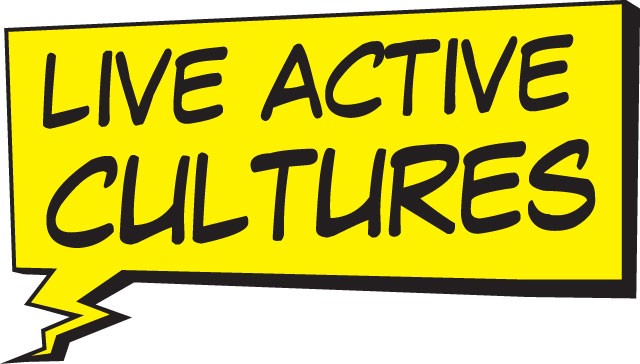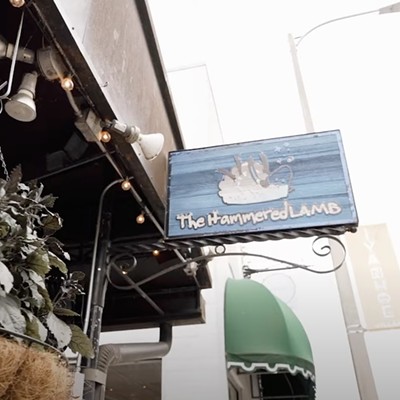Seven laws of live performance that ought to be tattooed inside the eyelids of those running our local attractions
My favorite mid-'80s memories of Epcot Center involve exploring Kodak's Journey Into Imagination pavilion, presided over by the jovial Dreamfinder and his inquisitive dragon, Figment. Apparently I'm not alone, as the original actor behind the red beard and purple puppet still gets a reverent reception at Disney fan events. But as his memoir From Dreamer to Dreamfinder: A Life and Lessons Learned in 40 Years Behind a Name Tag reveals, Ron Schneider is much more than the personification of a long-mothballed animatronic; as a performer, writer and director, he's been involved in many of Orlando's entertainment successes, most notably as the first manager of Universal's once-vaunted celebrity look-alikes.
Schneider's book is filled with all the juicy stories an attraction aficionado could want, from substance-abusing Belushi impersonators and duplicitous Disney middle managers to brutally honest observations on Medieval Times, Pirate's Dinner Adventure and other tourist traps. (Anyone remember Fiascos?) But what makes it a worthwhile read is Schneider's insight into the art form of interactive entertainment and its practical application in theaters and theme parks.
The volume's six exceptional appendices, covering topics such as "Five Keys to Great Themed Entertainment" and "Notes on Narration," could each be expanded into a textbook and made mandatory reading at performing arts schools. But even outside those explicitly educational chapters, Schneider sprinkles his text with aphorisms and advice that apply to almost any art or discipline. A select few should be tattooed inside the eyelids of those in charge of our local attractions.
Here are seven quotable lessons I've learned from the real Dreamfinder:
"There's long been a debate among Imagineers as to whether themed attractions can tell a story. Most of what we turn out – and all the landmark Disney attractions – doesn't so much communicate a linear tale as create a mood, or generate a feeling in the guest." A succinct explanation why 1960s-era rides (and films) are still superior to technical wonders from Eisner's era: Convoluted plot doesn't equal story, it obscures it.
"With the challenge of a whole new operation, there's not a lot of 'performance' going on and that suits me fine; comedy is a luxury in such an environment and better to omit it than to bore the guests with forced or unfunny humor." Whether running a dinner theater or a drive-thru, deliver the basics before cracking jokes, and never waste the customer's time.
"I'd seen Disney characters pose for pictures all my life, but their only agenda was promotion and nostalgia. In their prime they provided a personal, spontaneous experience with the guest; with the advent of autograph books and managed crowd contact, this personal experience is often reduced to long lines and quick photo ops." With one-on-one mermaid meet-and-greets, WDW's New Fantasyland finally tries to practice what Schneider preached back in '84: Intimate encounters beat elaborate spectacle every time.
"Creating this 'Miracle of the First Time' is a central discipline of any live performance. The only way this thing works is if you show up every night … ready to pretend you've never sung these songs and never heard these jokes. … The moment you decide it's more important to amuse yourself or another cast member, the guests will pick up on it." Will someone please recite this to the next touring cast trudging through the Bob Carr?
"Especially in the competitive atmosphere of Disney or Universal, the only way to convince people to hire you as a writer is to be seen writing. This opens you up to being ripped off and rewritten, but it can't be helped." This rings depressingly true for creatives outside the theme park industry as well.
"No matter how brilliant your original idea may be … if you can't pull it off, change the idea. … If you're going to invest the time, money and effort (and most precious of all, your guests' credulity) in an idea, make sure it's going to work out the way you wanted." That's sage advice the Imagineers behind Animal Kingdom's perpetually broken Yeti should have heeded.
"To create the illusion that the guest is a participant in the show … the performers must appear to react spontaneously to their input. This definitely calls for improvisation while the show is being created and polished. But over the long run, improv becomes less and less vital, being supplanted by acting skills, timing and a good memory." Good improv is impressive, but overvalued of late. Here's hoping Schneider's style of old-fashioned craft makes a comeback.


















